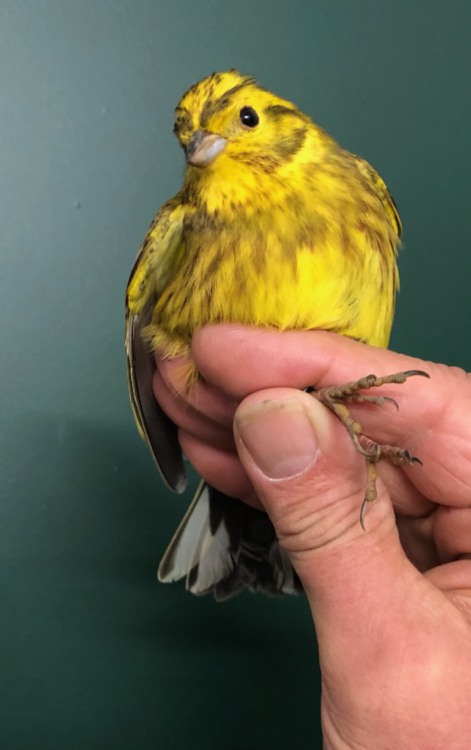Observations
January-February 2022 – mild, stormy and largely bird-free

With the year starting quiet and mild, and ending very wet and windy and mild, it was hardly surprising that birds were hard to find. There were so many places for wildfowl to be, with standing water on many fields, and no cold weather to push winter visitors further south and west into the UK. And for the latter parts of February, no birders wanting to brave the tempests on the off chance of finding a Dunnock.
Even accounting for the fact that we still do not have access from Thames Water to count in the South Lagoons, wildfowl numbers continue to be well below par. The most exciting bird of the period came on New Year’s Day, with a nice male Goosander; then a couple of weeks later, our 7th record of Great White Egret appeared.
Conditions in the meadows were poor for waders due to the height and density of vegetation. So no surprise that the maximum count of Jack Snipe during the period was just three; but given the difficulty of counting these without flushing them, there may have been more. Snipe can be slightly easier to count, but still the peak count in the period was only ten, surely under-recorded.
With water levels still being maintained quite high on No. 1 Lagoon, so there hasn’t been enough dry land for the usual large flocks of loafing Lapwings, the peak being just 53.
Peaks of five Red Kites and six Buzzards were unexceptional (although we wouldn’t have said that twenty years ago!) but a Marsh Harrier in February was certainly welcome. Will these perhaps become as common as these other formerly rare raptors? Other birds of prey included up to three Peregrines.
Two Ravens seen on five dates were beginning to look like a pair establishing territory nearby. Let’s hope. Meanwhile a count of 95 Jackdaws flying over was more than usual, as were ten Rooks. That may not sound exciting, but it is in Rye Meads terms. The Magpie roost on the reserve moved about a bit, and peaked at 45.
There were up to five Chiffchaffs in January, with just a single recorded on many days in February; but a so-called Siberian Chiffchaff (a bird of the tristis race) on 9th January was worthy of note – more Yellow-Browed Warblers than “Sibes” are recorded in UK each year.
Meanwhile the winter visitors had all but disappeared. Redwings were recorded occasionally throughout, though never more than six, whereas Fieldfares were nowhere to be found. But another Rye Meads rarity, a Mistle Thrush, was a nice record.
Meadow Pipit numbers swelled to 30 going to roost in the Meadow, but no sign of the Rock and Water Pipits. No sign either of any Stonechats.
A count of 74 Chaffinches was quite remarkable given the dearth in recent years, likely swelled by winter visitors – we caught a female that had been ringed in Norway in September 2018. Similarly nine Greenfinches was good by recent standards. Finally a roost gathering of Yellowhammers peaked at 18 birds, and as always it was a pleasure to catch some of these fine buntings.
